course
Learn More with DataCamp
4 hours
5.6M
course
Introduction to Data
2 hours
38.9K
track
AI Fundamentals
10hrs hours
See More
RelatedSee MoreSee More
blog
Understanding GitHub: What is GitHub and How to Use It
Discover the uses of GitHub, a tool for version control and collaboration in data science. Learn to manage repositories, branches, and collaborate effectively.
Samuel Shaibu
9 min
podcast
The Future of Programming with Kyle Daigle, COO at GitHub
Adel and Kyle explore Kyle’s journey into development and AI, how he became the COO at GitHub, GitHub’s approach to AI, the impact of CoPilot on software development and much more.
Adel Nehme
48 min
tutorial
How to Use Power BI Copilot in Microsoft Fabric
Explore how Power BI Copilot works. Learn about its features, pricing, and practical applications.
Laiba Siddiqui
9 min
tutorial
Setting Up VSCode For Python: A Complete Guide
Experience a simple, fun, and productive way of Python development by learning about VSCode and its extensionsn and features.
Abid Ali Awan
16 min
tutorial
GitHub and Git Tutorial for Beginners
A beginner's tutorial demonstrating how Git version control works and why it is crucial for data science projects.
Abid Ali Awan
17 min
code-along
Pair Programming with GitHub Copilot
In this session, Nuno, DataCamp's Director of Engineering, demonstrates how to make use of GitHub Copilot. You'll see how to perform a simple data analysis in conjunction with AI, and learn how to make the most of Copilot's features.
Nuno Rocha
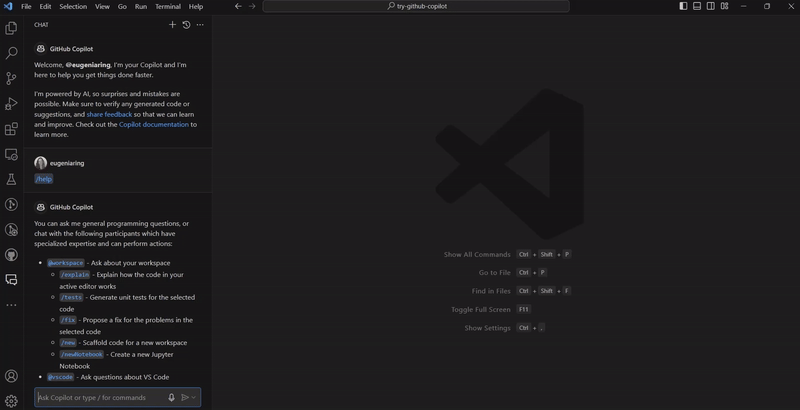
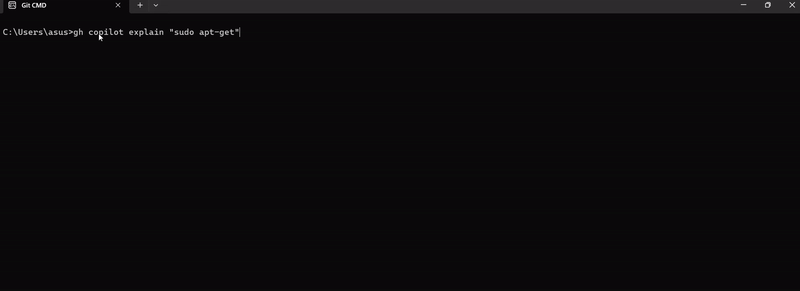 GitHub Copilot inside the command line interface
GitHub Copilot inside the command line interface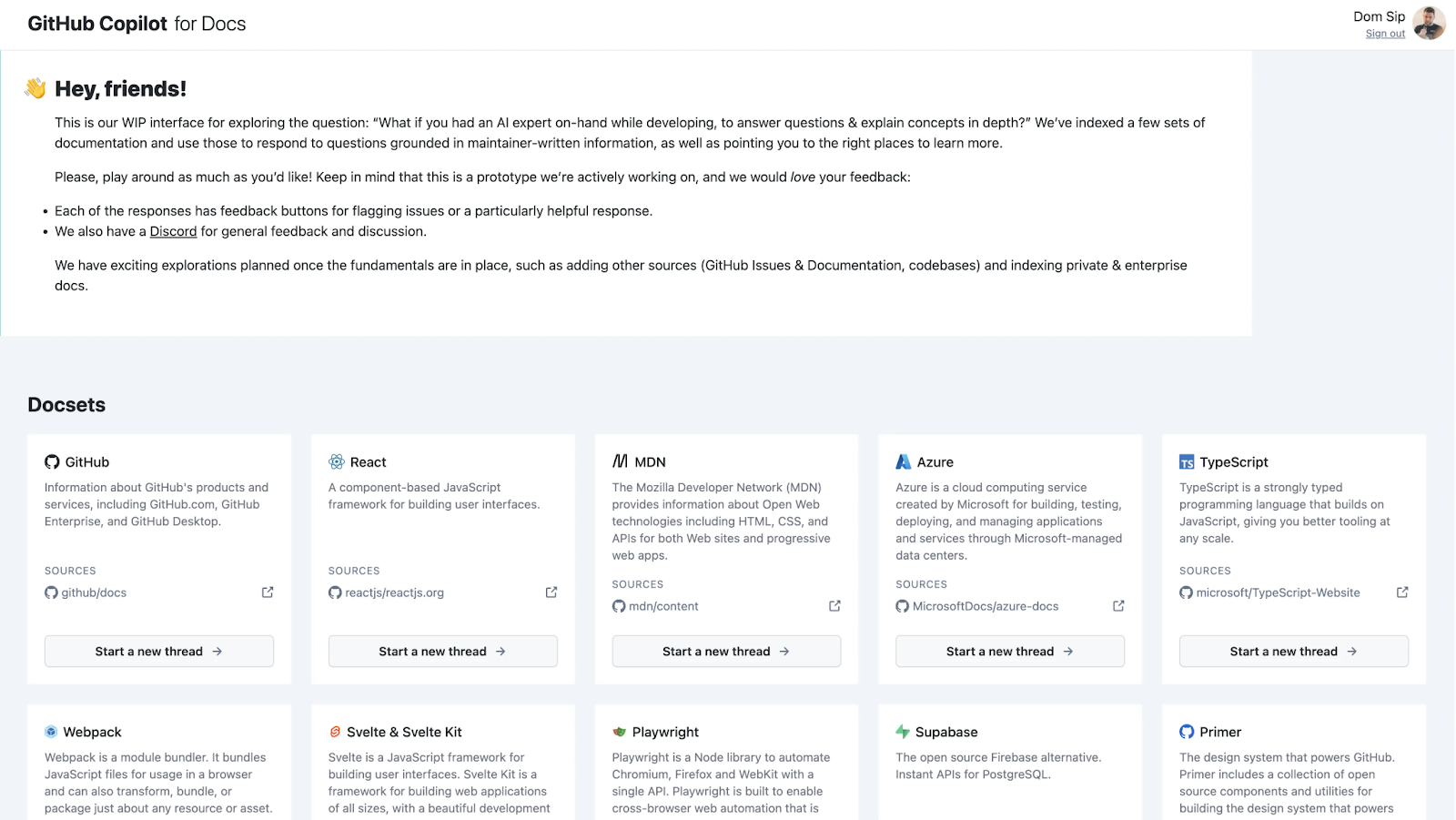 GitHub Copilot for Docs
GitHub Copilot for Docs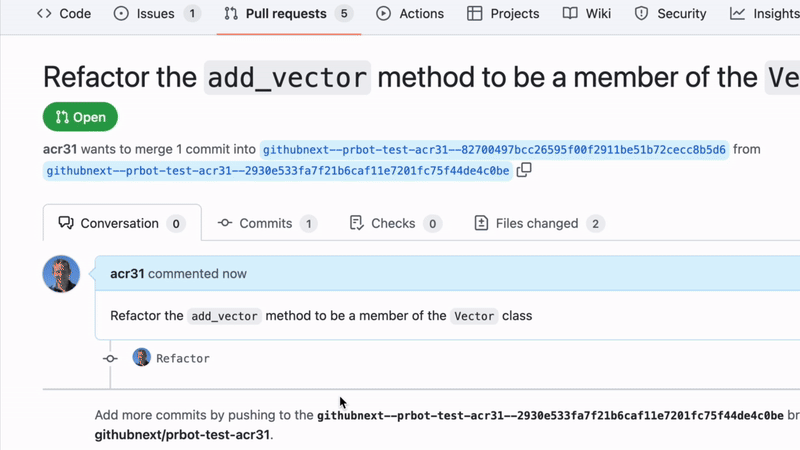 GIF based on video taken from
GIF based on video taken from 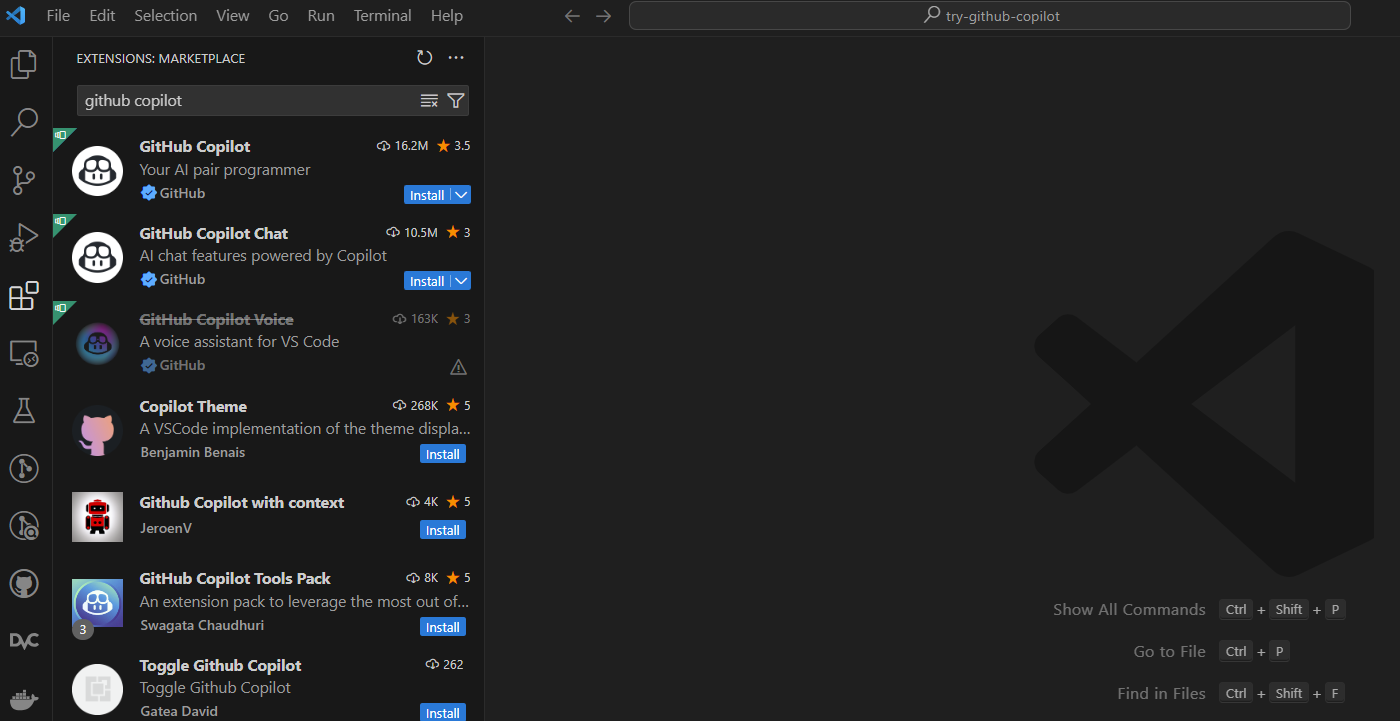 Setting up GitHub Copilot
Setting up GitHub Copilot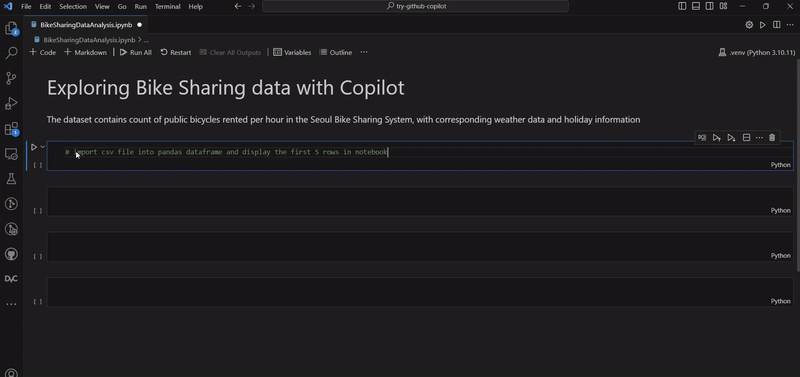 Importing data into Github Copilot
Importing data into Github Copilot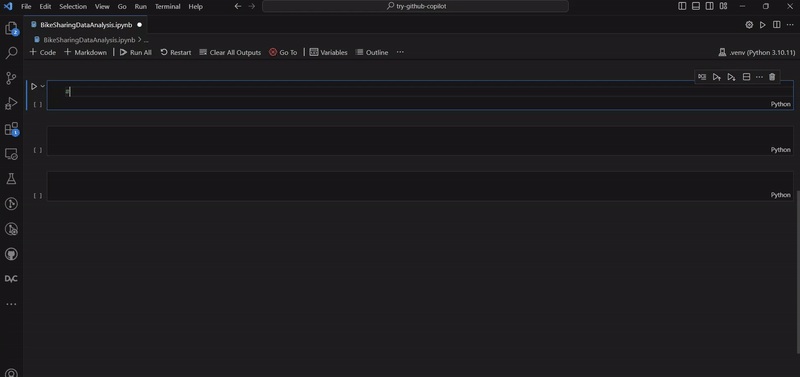 Writing code for a plot in Github Copilot
Writing code for a plot in Github Copilot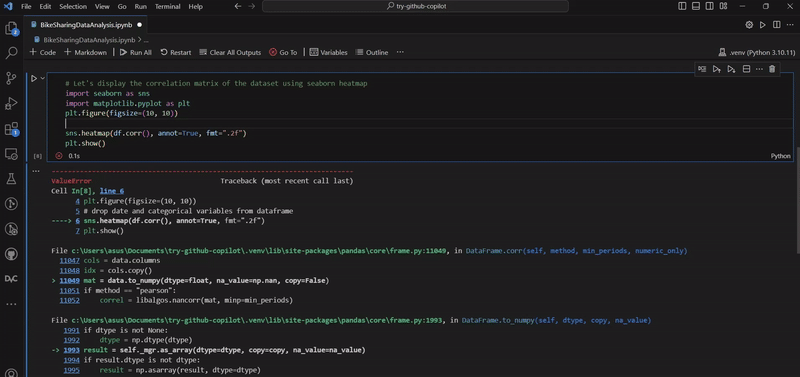 Displaying a plot in Github Copilot
Displaying a plot in Github Copilot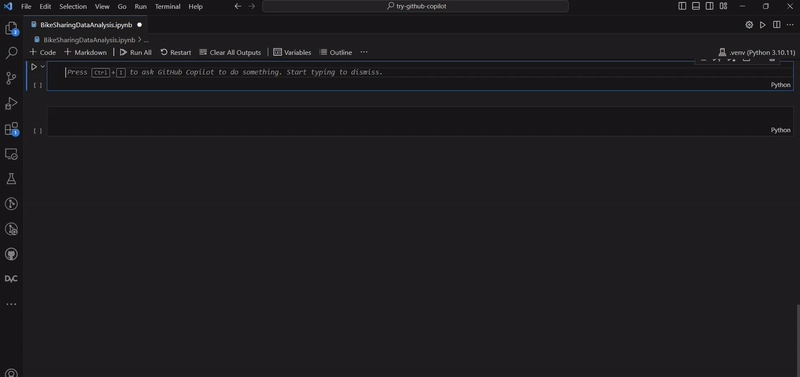 Preparing data in Github Copilot
Preparing data in Github Copilot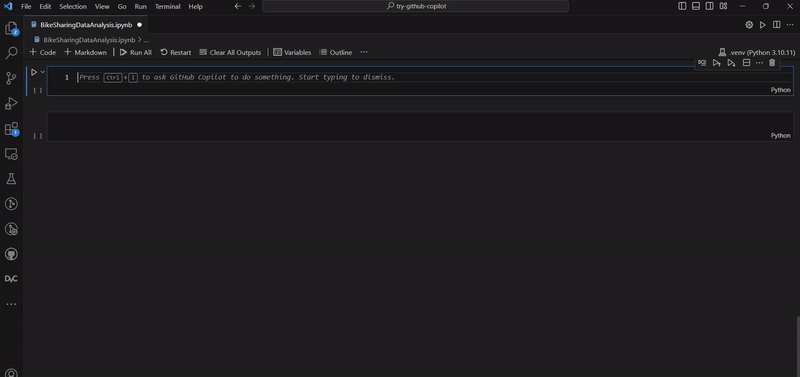 Creating a train / test split in Github Copilot
Creating a train / test split in Github Copilot Training our model in Github Copilot
Training our model in Github Copilot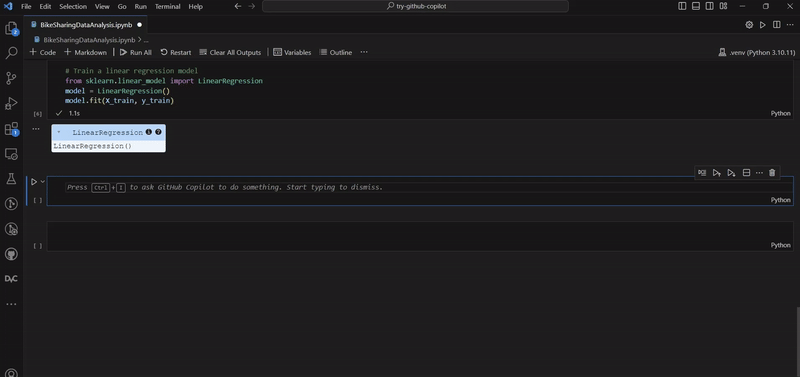 Evaluating our model in Github Copilot
Evaluating our model in Github Copilot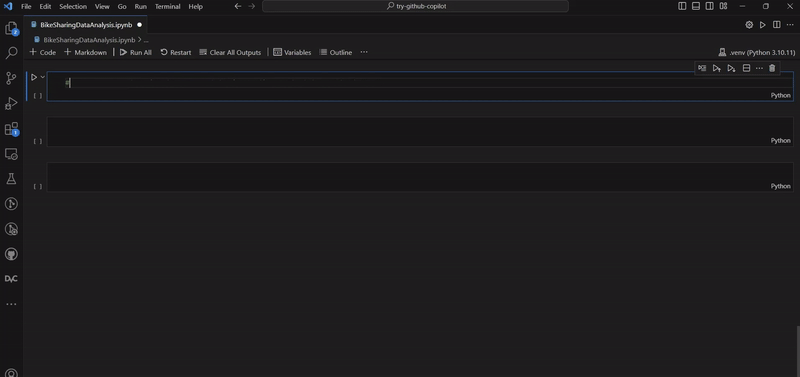 Viewing model statistics in Github Copilot
Viewing model statistics in Github Copilot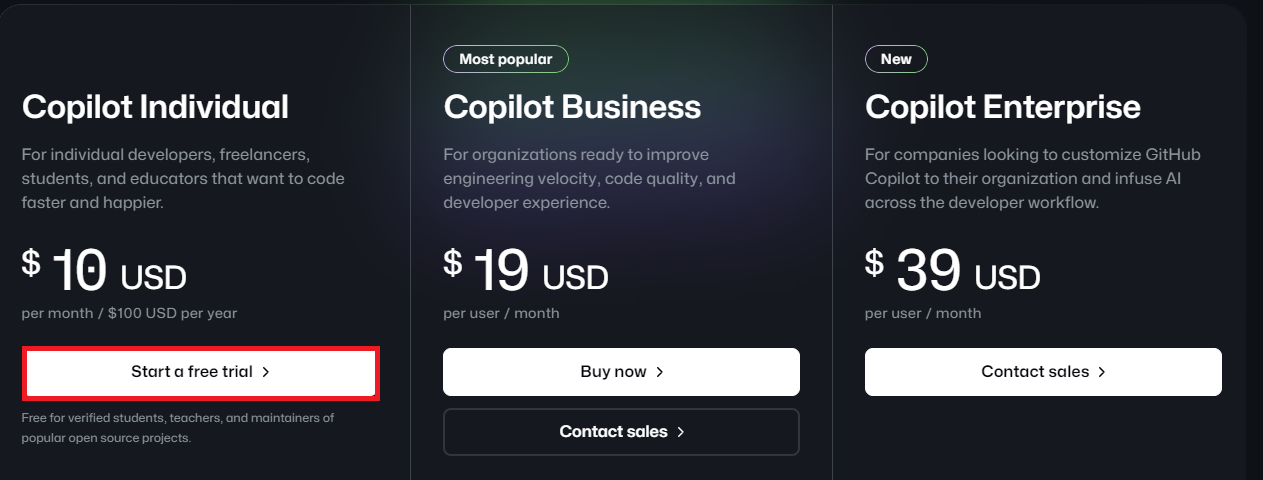 Github Copilot pricing structure
Github Copilot pricing structure